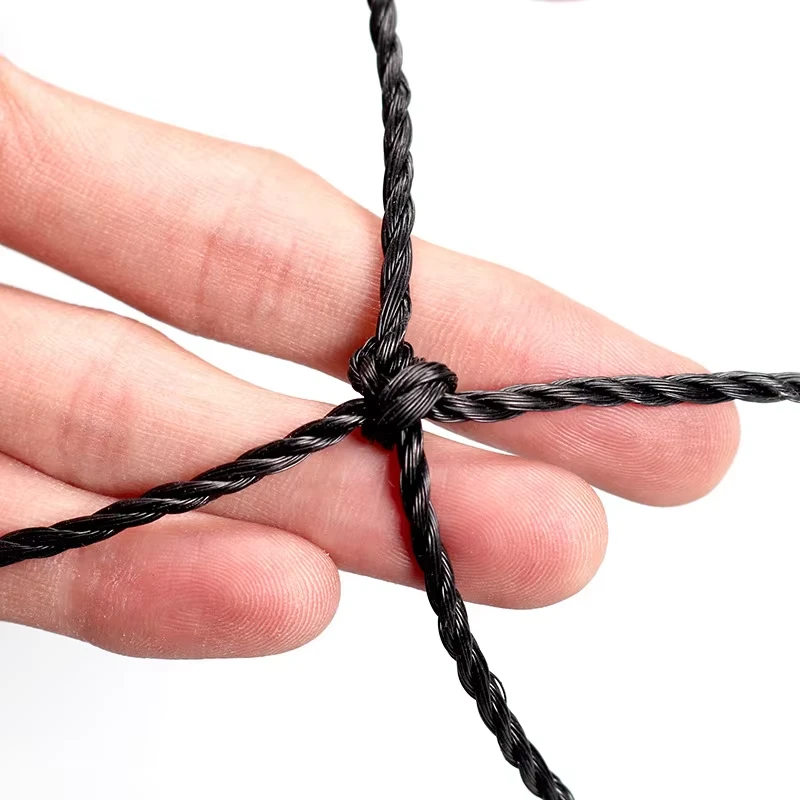Exploring the Impact and Uses of Plastic Nets in Various Industries
The Role of Plastic Nets in Modern Industries
Plastic nets have become an integral part of various industries across the globe due to their versatility, durability, and cost-effectiveness. These nets are made from synthetic materials, primarily polyethylene and polypropylene, which provide several advantageous properties that traditional materials simply cannot match.
Applications of Plastic Nets
One of the most significant applications of plastic nets is in agriculture. Farmers utilize these nets for a variety of purposes, such as crop protection, shading, and supporting climbing plants. For example, mesh nets can prevent birds and insects from reaching fruits and vegetables, thereby reducing the need for chemical pesticides. Additionally, shade nets help regulate temperature and sunlight exposure, creating optimal growing conditions for sensitive plants. The lightweight nature of plastic nets makes them easy to install and remove, offering flexibility in agricultural practices.
Plastic nets are also widely used in the fishing industry. Fish nets made from durable plastic are designed to withstand harsh marine environments and the wear and tear associated with fishing activities. The use of plastic nets helps improve catch efficiency and can contribute to sustainable fishing practices. Unlike traditional fishing nets, modern plastic nets are resistant to rot and degradation, allowing them to last longer and reduce waste.
In the construction sector, plastic nets find utility in safety and scaffolding
. Safety nets are installed to catch falling debris and protect workers, which is crucial on construction sites. Moreover, these nets are often used in temporary fencing to secure hazardous areas, preventing unauthorized access and ensuring compliance with safety regulations. Their high tensile strength and flexibility make plastic nets ideal for these applications, enhancing safety measures and improving site management.plastic nets

Environmental Considerations
While plastic nets offer numerous benefits, it is essential to consider their environmental impact. The production and disposal of plastic materials contribute to pollution and waste accumulation. However, the industry is evolving to address these concerns. Manufacturers are increasingly focusing on developing biodegradable nets and promoting recycling initiatives. By adopting more sustainable practices, the negative effects of plastic nets on the environment can be significantly mitigated.
The advent of innovations such as ocean-cleaning initiatives can also help combat the issue of plastic waste in marine environments. Efforts to collect and recycle plastic from the oceans are paving the way for the creation of new products, including plastic nets made from repurposed materials. This circular approach not only reduces waste but also embodies the principles of sustainability that are becoming increasingly important in today’s economy.
Future Outlook
The future of plastic nets appears promising as technological advancements continue to enhance their manufacturing processes. Innovations such as smart nets, which integrate sensors to collect data on environmental conditions, are already being explored. These smart nets could provide farmers and fishermen with valuable insights, improving efficiency and productivity. As consumer awareness regarding environmental issues grows, demand for sustainable and eco-friendly plastic nets is likely to increase.
In conclusion, plastic nets play a vital role in various industries, offering practical solutions that enhance efficiency and safety. The agricultural, fishing, and construction sectors benefit significantly from these versatile products. However, it is crucial to balance their benefits with environmental responsibility. Through continued innovation and sustainable practices, the industry can ensure that plastic nets contribute positively to both the economy and the planet. As we move forward, embracing these challenges will be key to creating a more sustainable future for all.
-
Anti Hail Net | UV-Stable, High-Strength Orchard ShieldNewsNov.17,2025
-
Anti Bird Netting – UV-Stable, Durable, Humane ProtectionNewsNov.17,2025
-
Welded Wire - Durable, Rust-Resistant Mesh, Custom SizesNewsNov.17,2025
-
Garden Mesh Sun Shade – UV-Resistant, Durable, Custom SizesNewsNov.17,2025
-
Bird in Net Solution: Humane, UV-Resistant Bird NettingNewsNov.17,2025
-
Stainless Steel Filters: Durable, Washable, High-FlowNewsNov.10,2025












